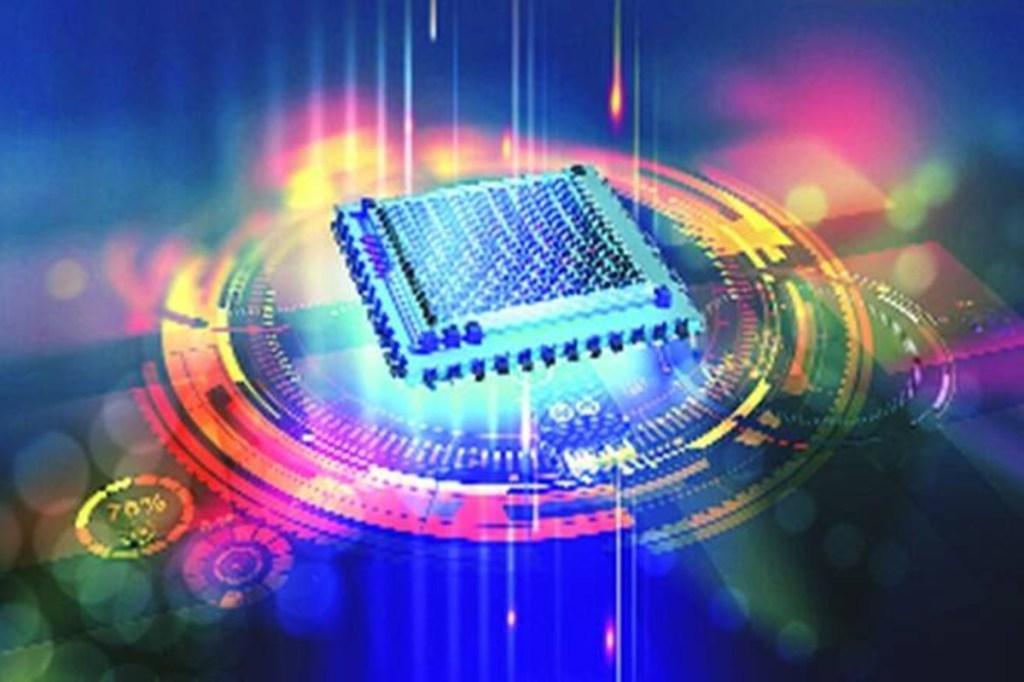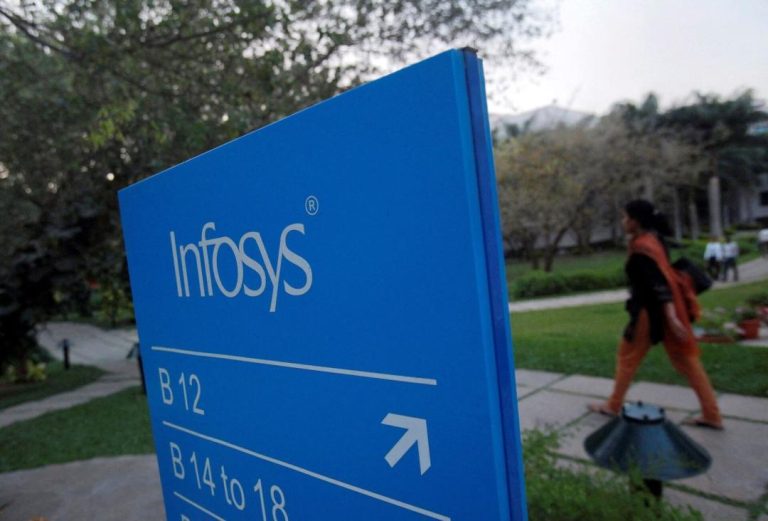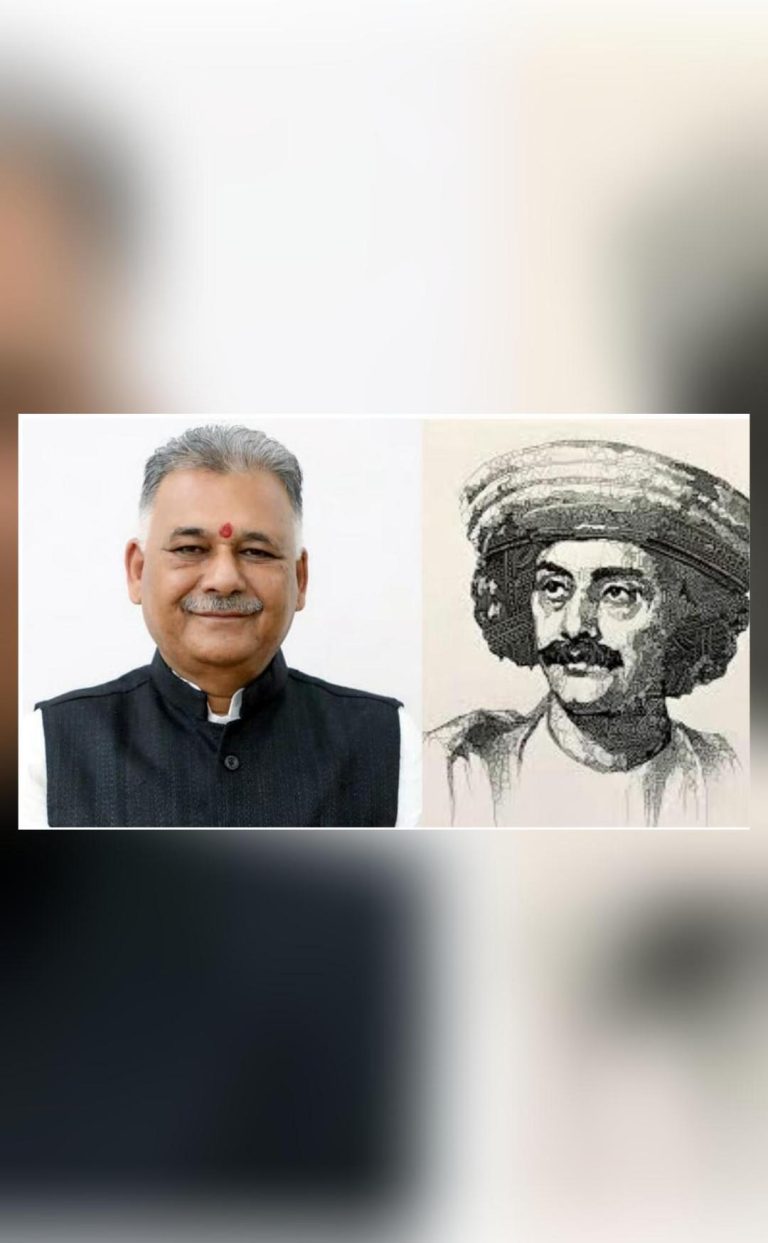
Scientists Demonstrate ‘Magic State’ Quantum Computing for the First Time
Quantum computing has been a topic of immense interest and research in recent years, with scientists and engineers working tirelessly to develop a practical and scalable technology. A significant breakthrough has been achieved in this field, with researchers from Quera, Harvard, and MIT demonstrating “logical magic state distillation” on a neutral-atom quantum computer for the first time. This achievement has far-reaching implications for the development of fault-tolerant and scalable quantum computing.
In a study published in Nature, the research team led by Dr. Sergio Cantu, one of the authors of the study, has successfully demonstrated the distillation of a “magic state” on a neutral-atom quantum computer. This magic state is a crucial component in the development of quantum computing, as it enables the correction of errors that can occur during quantum computations.
Magic state distillation is a process that involves taking a noisy quantum state and purifying it to create a high-fidelity quantum state. This is a challenging task, as the process requires the manipulation of quantum information in a way that is both precise and efficient. In classical computing, errors can be corrected by simply re-running the computation, but in quantum computing, errors can have a ripple effect and propagate throughout the computation, making it much more difficult to correct.
The concept of magic state distillation was first proposed 20 years ago, and since then, researchers have been working to develop a practical method for achieving it. The breakthrough achieved by the Quera, Harvard, and MIT research team is a significant milestone in this effort.
“We’re thrilled to have demonstrated logical magic state distillation on a neutral-atom quantum computer,” said Dr. Cantu. “This is a key step toward scalable, fault-tolerant quantum computing, and we believe that our achievement will have a significant impact on the field.”
The research team used a neutral-atom quantum computer, which is a type of quantum computer that uses individual atoms as the quantum bits (qubits). The atoms are trapped in a magnetic trap and manipulated using a combination of laser beams and magnetic fields.
To achieve magic state distillation, the team used a process called “concatenated distillation,” which involves repeating the distillation process multiple times to achieve a high-fidelity quantum state. The team was able to achieve a fidelity of 99.9%, which is a significant improvement over previous attempts.
The implications of this breakthrough are significant. Magic state distillation is a crucial component in the development of fault-tolerant quantum computing, which is necessary for large-scale quantum computing. With this achievement, researchers can now move forward with the development of larger-scale quantum computers that can perform complex calculations and simulations.
“This is a major step forward for quantum computing,” said Dr. Cantu. “We believe that our achievement will enable the development of more powerful and fault-tolerant quantum computers, which will have a significant impact on a wide range of fields, from medicine to finance to materials science.”
The research team’s achievement is also a testament to the power of collaboration and innovation. The team brought together experts from Quera, Harvard, and MIT to work on this challenging problem, and their collaboration led to a breakthrough that would not have been possible otherwise.
“We’re proud to have played a role in this achievement,” said Dr. Cantu. “We believe that this breakthrough will have a lasting impact on the field of quantum computing, and we’re excited to see where it will take us in the future.”
In conclusion, the demonstration of magic state distillation on a neutral-atom quantum computer is a significant breakthrough in the field of quantum computing. This achievement has far-reaching implications for the development of fault-tolerant and scalable quantum computing, and it is a testament to the power of collaboration and innovation.






